
Knowing where to go when you’re on the road can be a daunting task for any traveler—but for African-Americans in the segregated U.S., it had the potential to be a matter of life and death.
That’s where the “Green-Book” came in. Starting in 1936, the United States Travel Bureau and publisher Victor H. Green issued an annual guide for the “negro motorist” to welcoming shops, entertainments, restaurants, hotels and services. As the front cover of several editions somewhat ominously advertised: “Carry your Green Book with you—you may need it.”
Seen today, the Green Books are a vivid reminder of the extent to which segregation affected every aspect of life. Even for black Americans who lived in places where integration was generally the rule, their freedom was curtailed when they set out on the road. It’s a testament to the weight of those burdens that the publishers of the Green Book openly wished to go out of business.
“There will be a day sometime in the near future when this guide will not have to be published,” the editors wrote in the introduction to the 1949 edition. “That is when we as a race will have equal opportunities and privileges in the United States. It will be a great day for us to suspend this publication for then we can go wherever we please, and without embarrassment.”
The last Green Book was published about two years after the passage of the Civil Rights Act of 1964. Many more copies of the book can be seen in the collection of the New York Public Library, from which the gallery above is drawn.


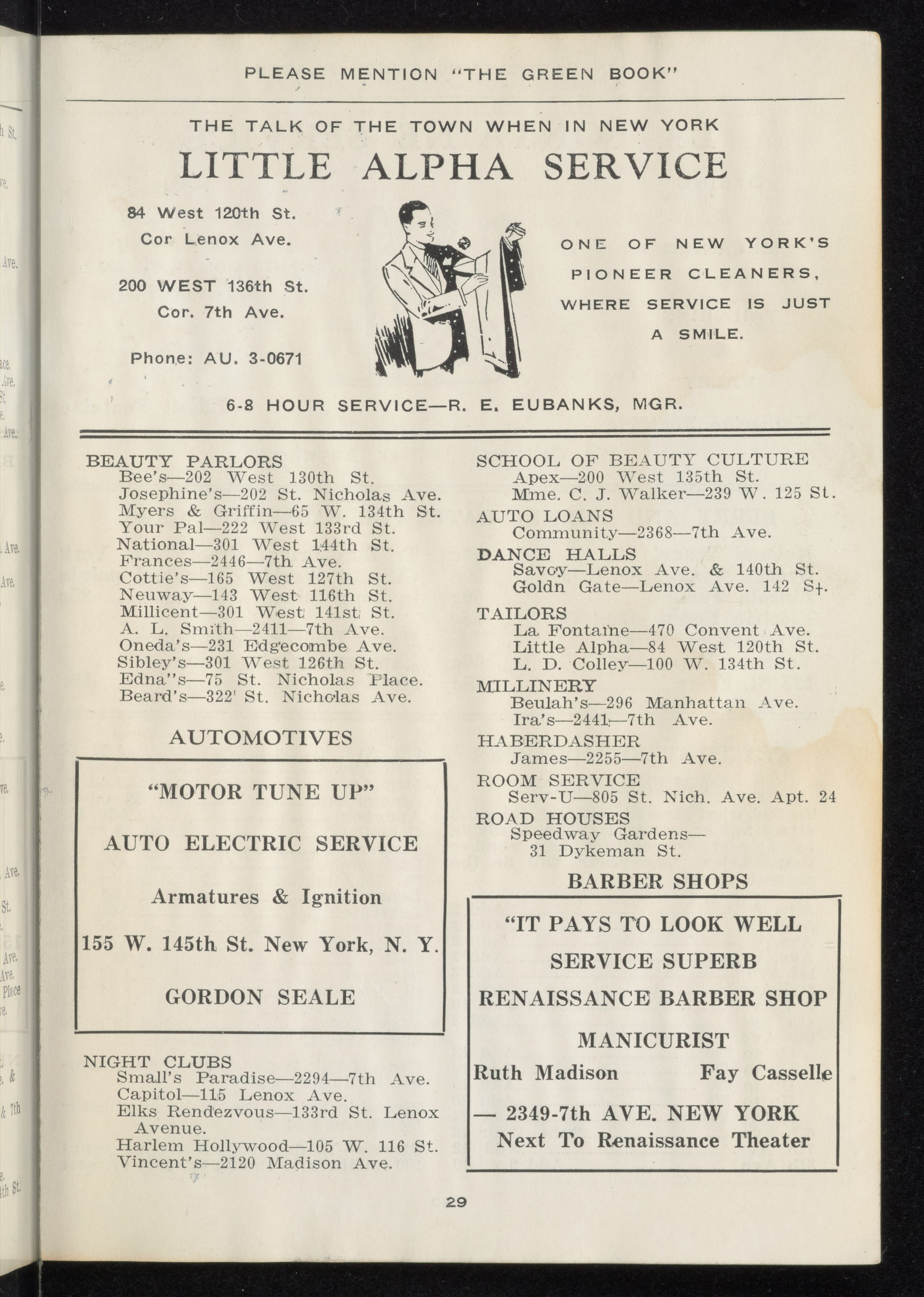
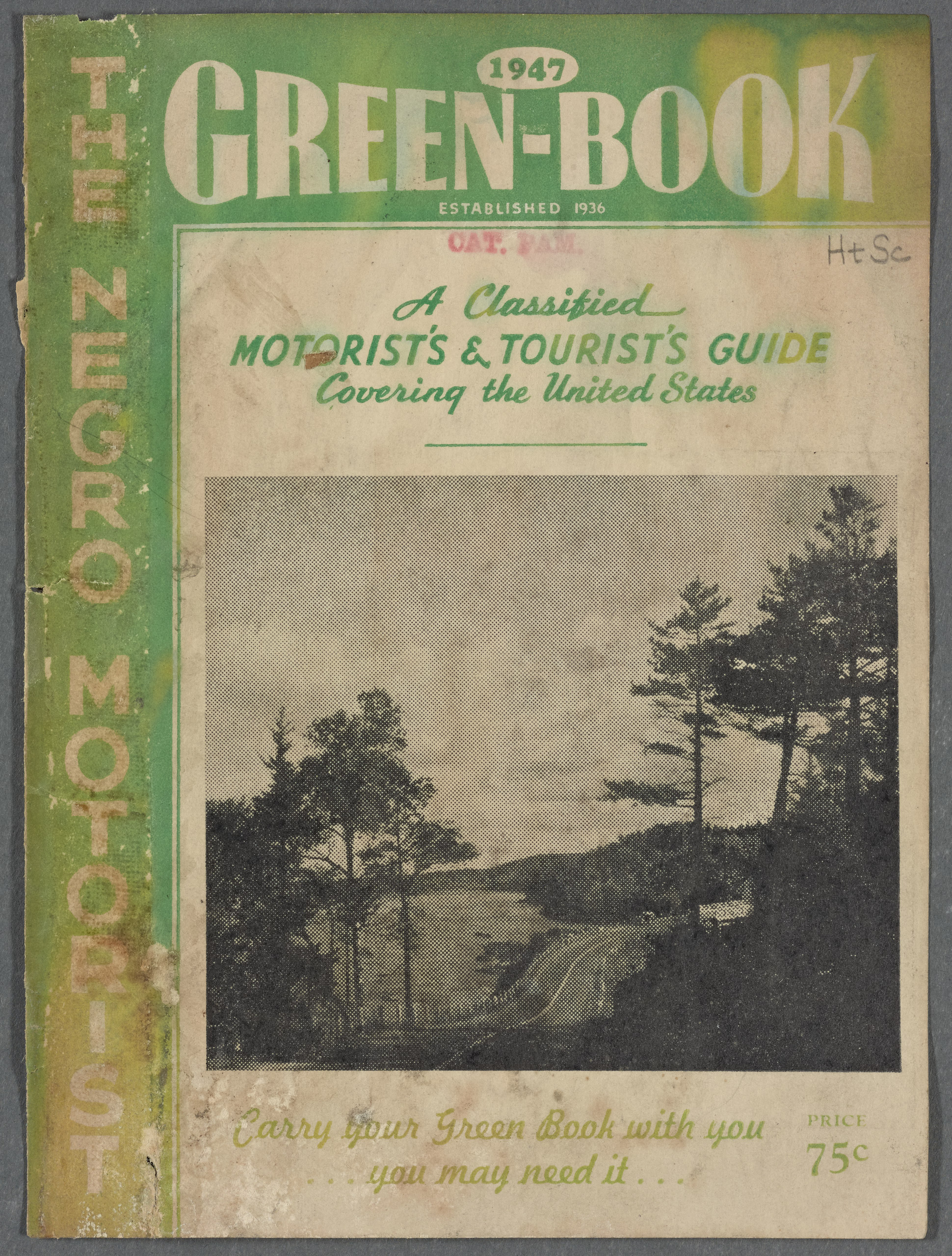
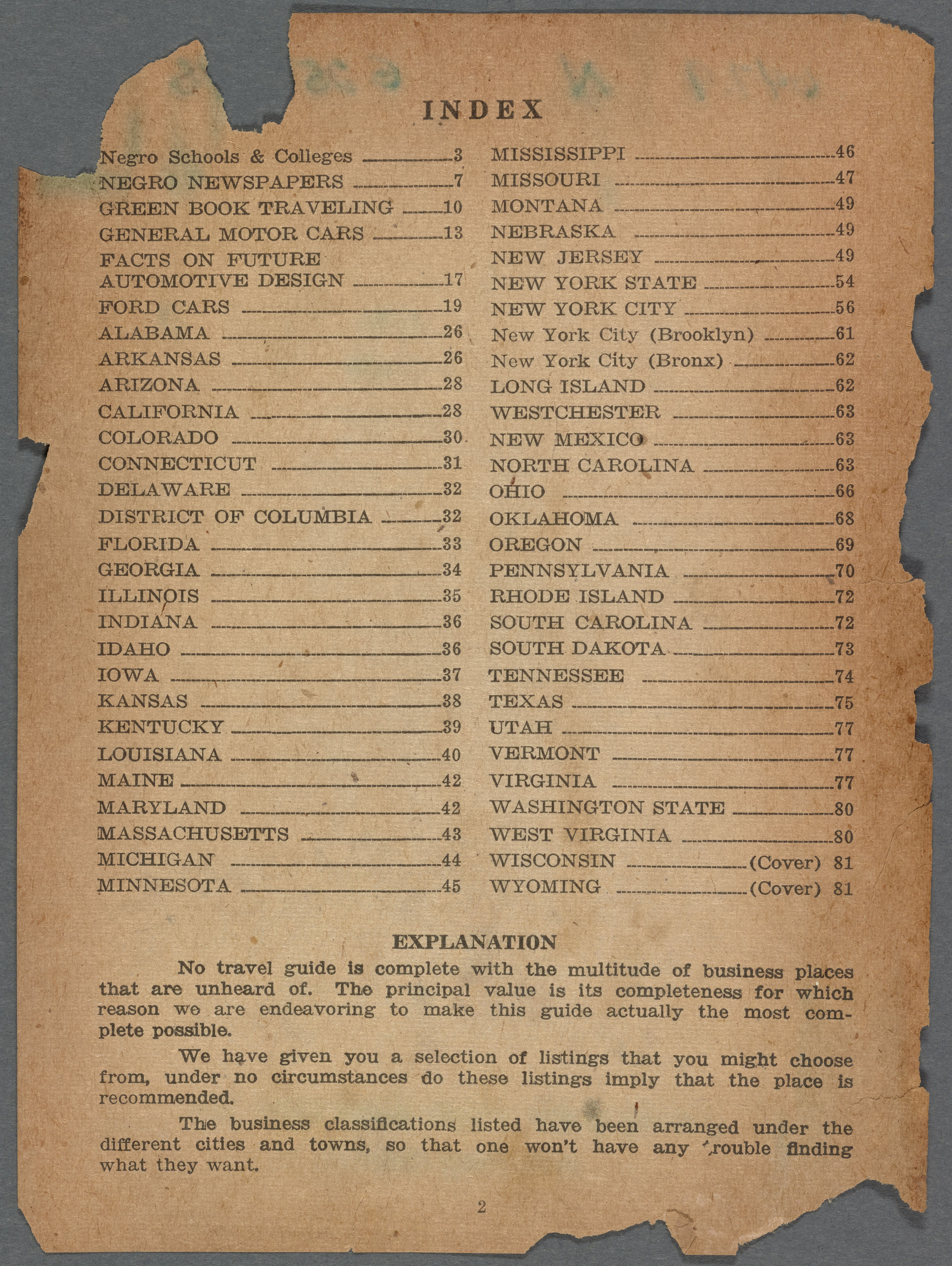

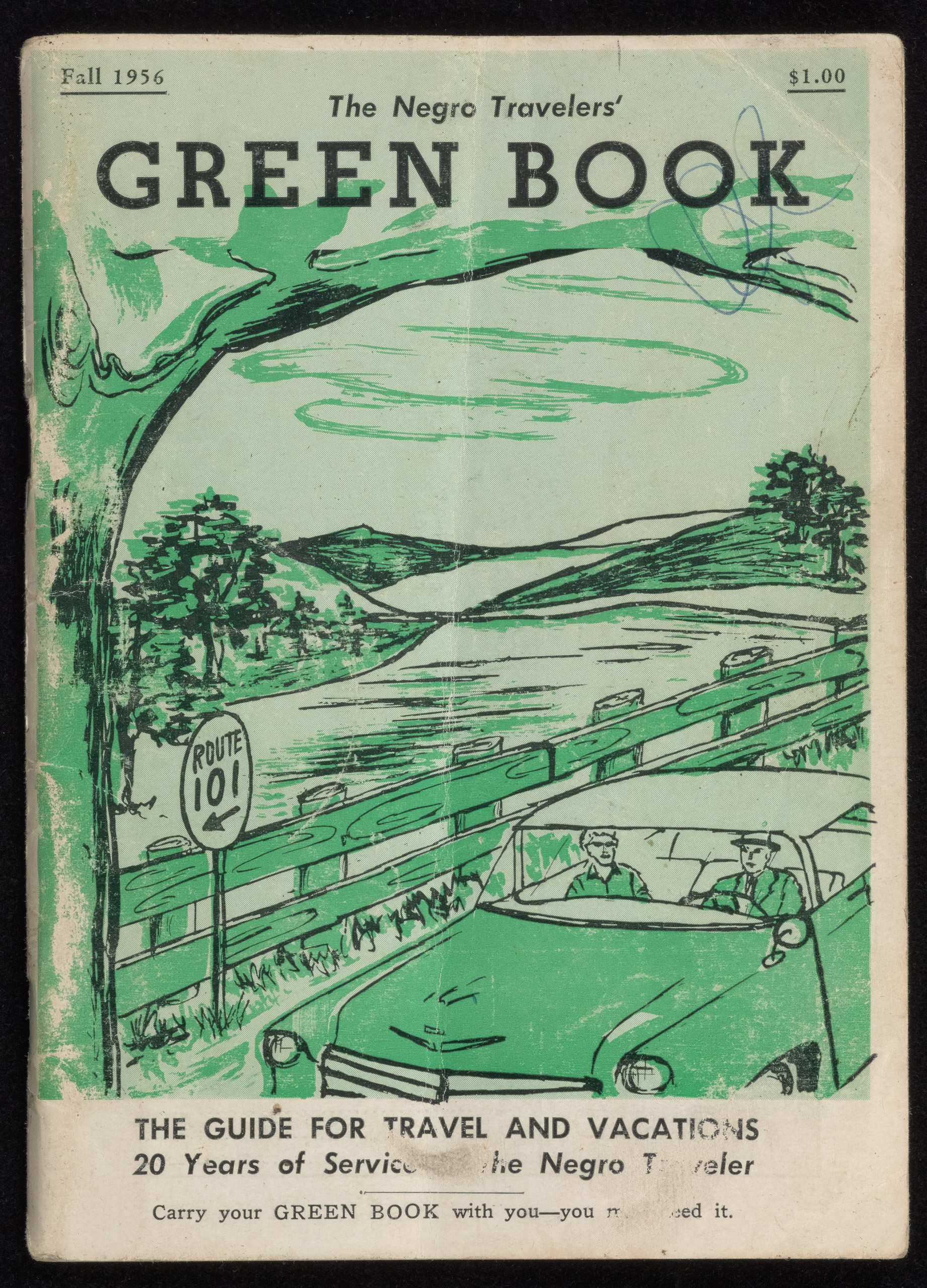
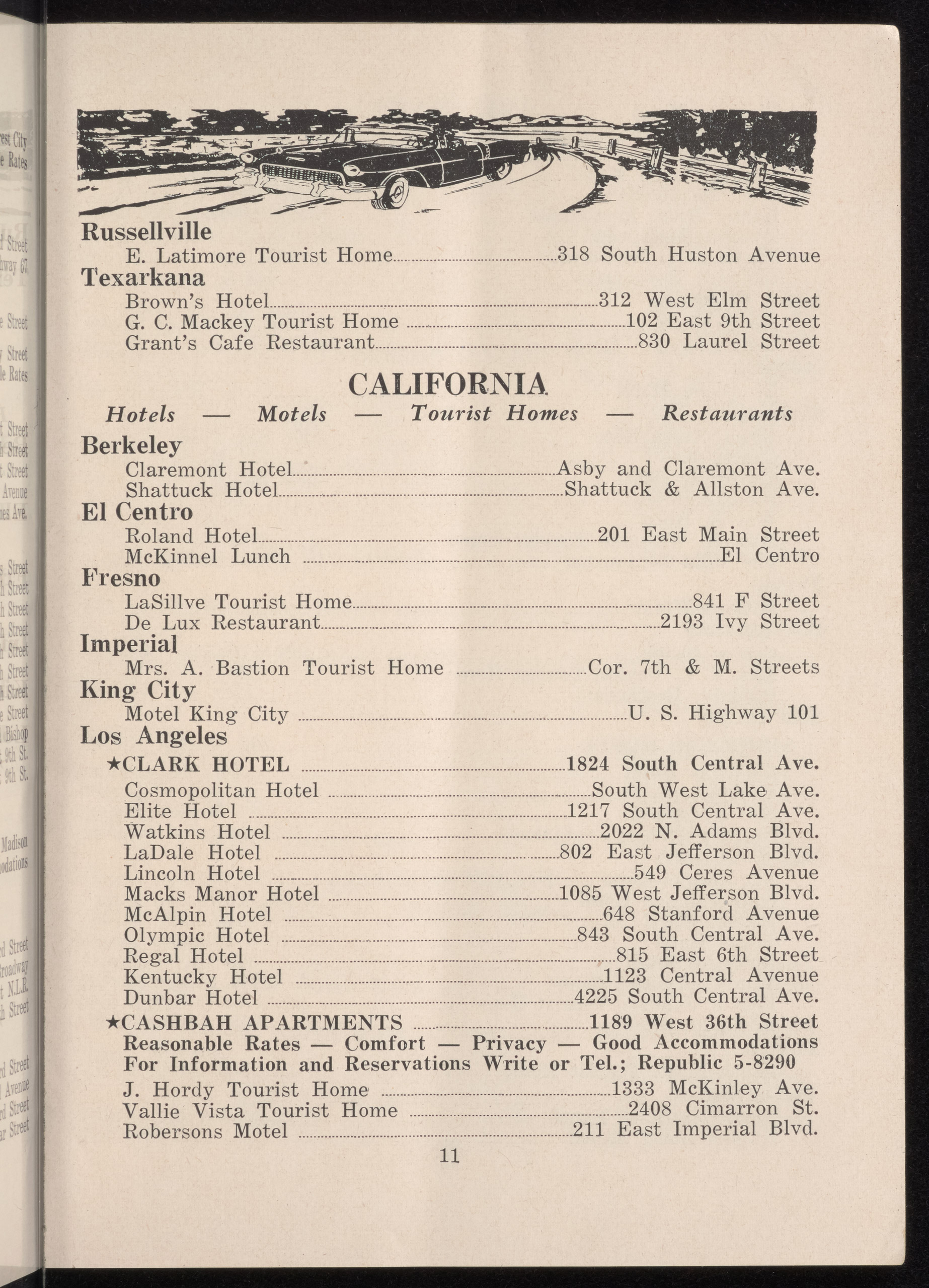

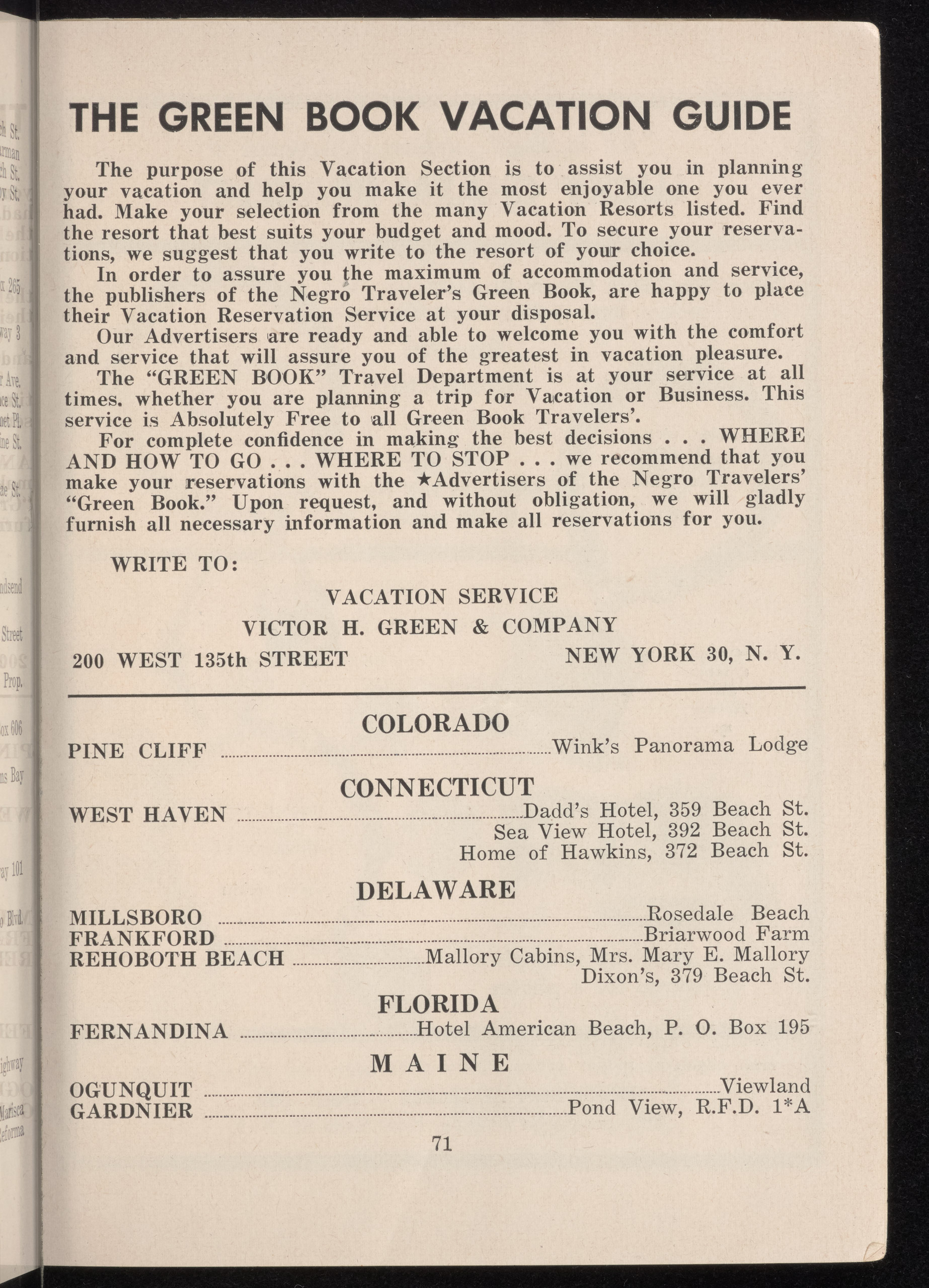


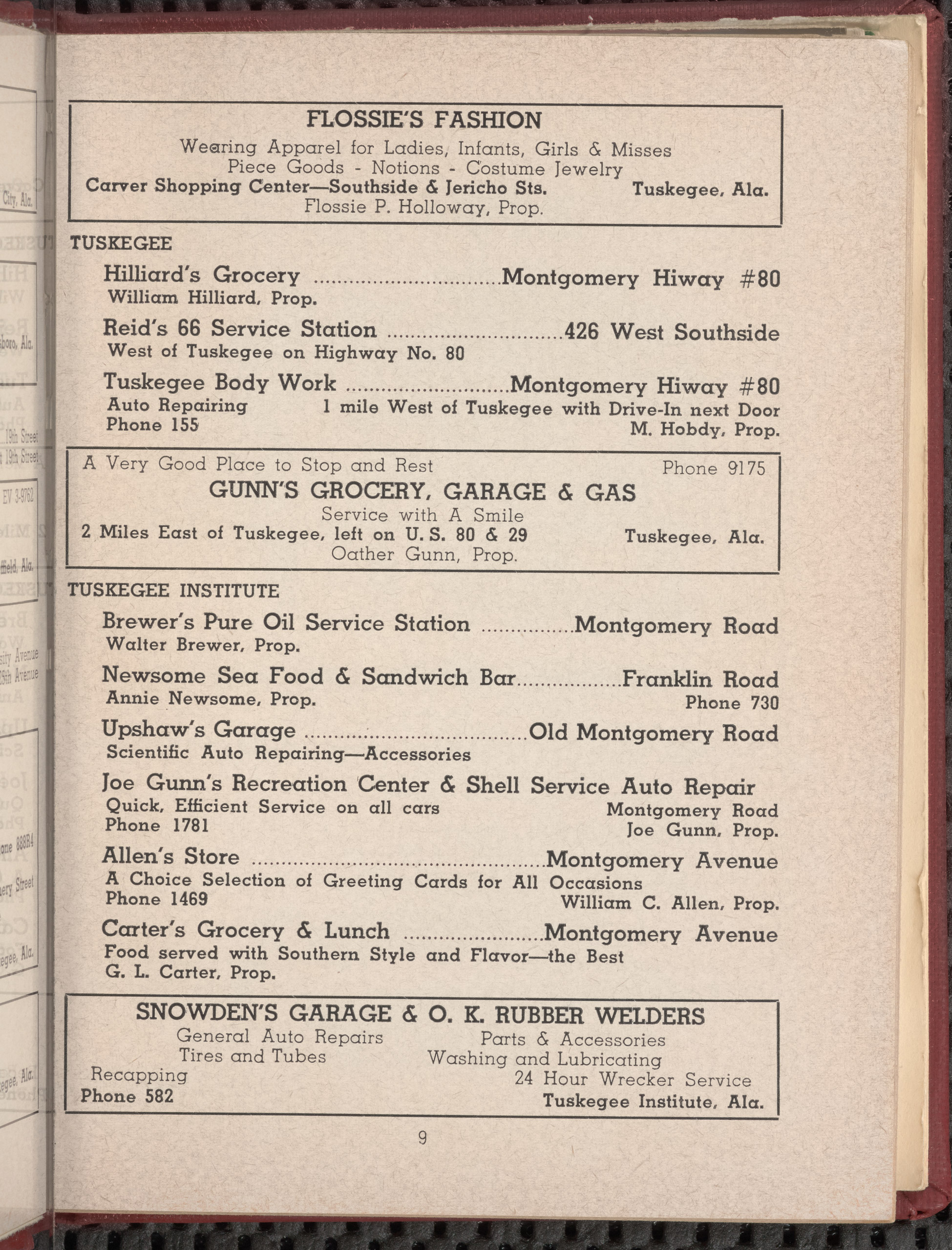
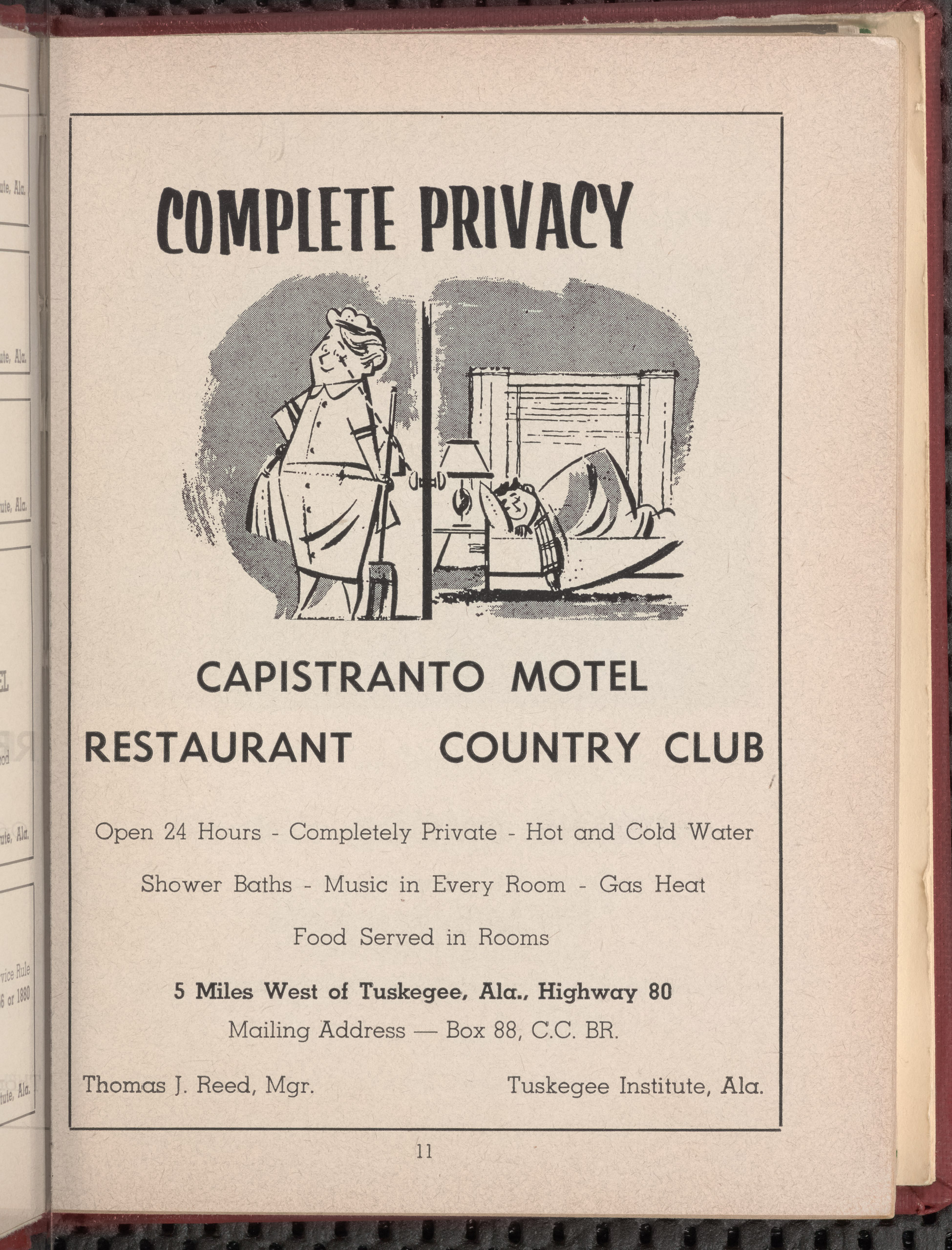
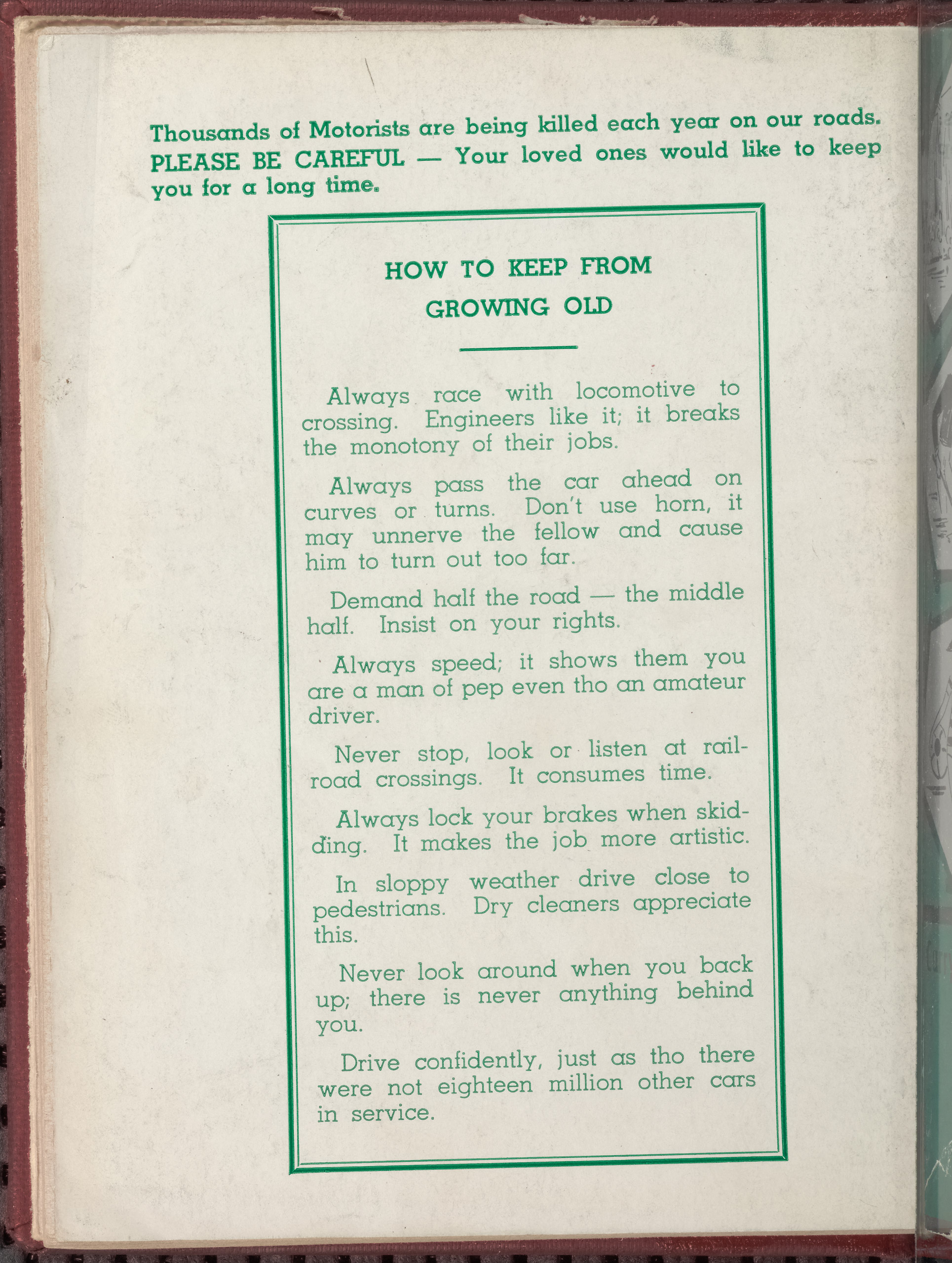
More Must-Reads from TIME
- Cybersecurity Experts Are Sounding the Alarm on DOGE
- Meet the 2025 Women of the Year
- The Harsh Truth About Disability Inclusion
- Why Do More Young Adults Have Cancer?
- Colman Domingo Leads With Radical Love
- How to Get Better at Doing Things Alone
- Michelle Zauner Stares Down the Darkness
Write to Lily Rothman at lily.rothman@time.com